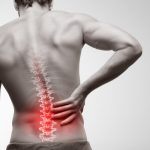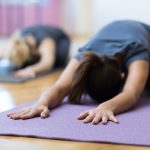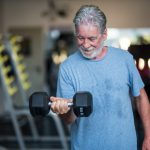
If you’ve recovered from lower back pain, try walking away from a recurrence. New research out of Australia shows that folks who started a walking regimen kept recurrent back pain episodes at bay for much longer than people who didn’t. “We don’t know exactly why walking is so good for preventing back pain, but it is likely to include the combination of the gentle oscillatory movements, loading and strengthening the spinal structures and muscles, relaxation and stress relief, and release of ‘feel-good’ endorphins,” said senior study author Mark Hancock. He’s a professor of physiotherapy at Macquarie University in Sydney. Over 800 million people around the world suffer from low back pain, according to background information from the study authors. In 7 of 10 cases, the pain will ease — only to return later. Special exercise programs, along with educating patients about back pain, are typically part of standard care aimed at preventing a recurrence. Hancock’s team wondered if plain old walking might help. “Walking is a low-cost, widely accessible and simple exercise that almost anyone can engage in, regardless of geographic location, age or socio-economic status,” he reasoned in a Macquarie news release. In the new trial, 701 adults who had recently recovered from an episode of low back pain were randomized to either an individualized walking program and six physiotherapist-guided education sessions over six… read on > read on >





































-300x200.jpg)